Snake Trackers Remove Over 20 Tons Of Pythons From The Everglades
Imagine a snake so large it can swallow a deer whole, now picture thousands of them slithering through Florida’s wetlands. Burmese pythons have invaded the Everglades, causing ecological havoc by eating native wildlife.
Dedicated snake trackers are fighting back, removing over 20 tons of these massive reptiles to restore balance to this unique ecosystem.
1. How Do They Find These Pythons?
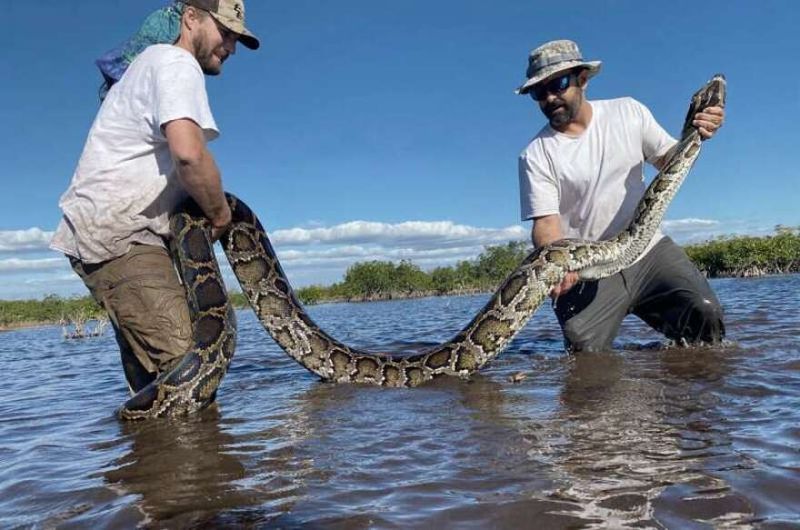
Tracking pythons requires detective-level skills in the swampy wilderness. Hunters look for disturbed vegetation, shed skins, and tracks in mud.
Some use specially trained dogs with keen noses that can detect python scent from a distance. Radio-tagged “scout snakes” lead trackers to breeding grounds during mating season.
2. Why Do They Do It?
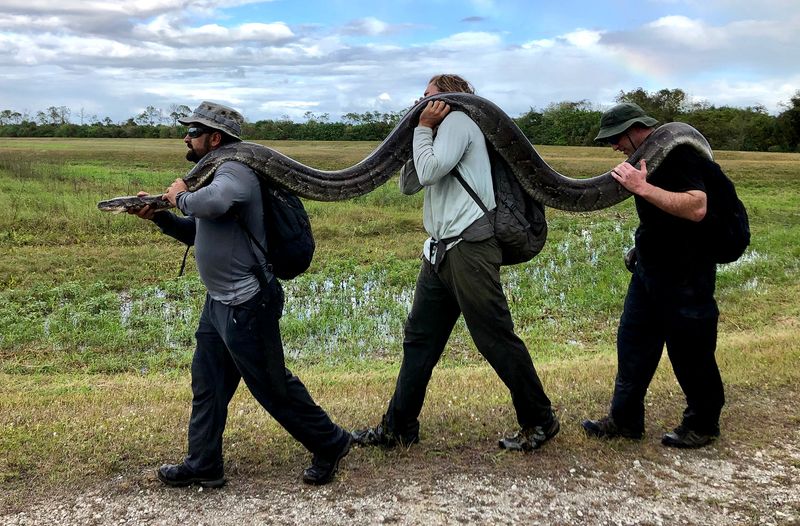
Money talks when battling invasive pythons! Florida pays hunters between $8.65 to $15 hourly, plus bounties ranging from $50 for a 4-foot snake to $200 for larger specimens.
Beyond financial incentives, many trackers feel a deep environmental responsibility. They witness firsthand how these giant constrictors devastate native wildlife populations and want to protect Florida’s natural heritage.
3. What Impact Do Pythons Have On The Ecosystem?
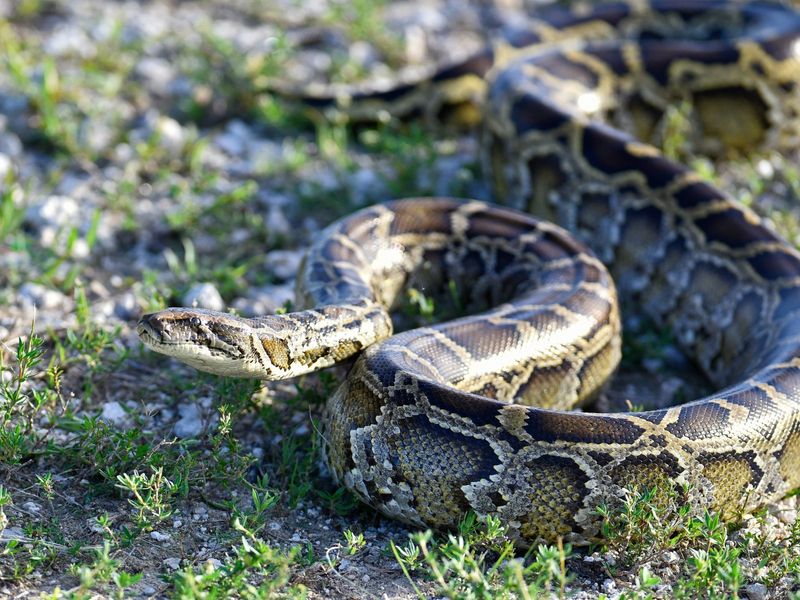
Catastrophic barely describes these serpents’ environmental impact. Since their introduction, raccoon populations have dropped 99.3%, opossums 98.9%, and bobcats 87.5% in affected areas.
Marsh rabbits and foxes have virtually disappeared. With predators vanishing, insect populations explode while plant pollination decreases, creating a devastating ripple effect throughout the entire ecosystem.
4. How Are The Pythons Captured?
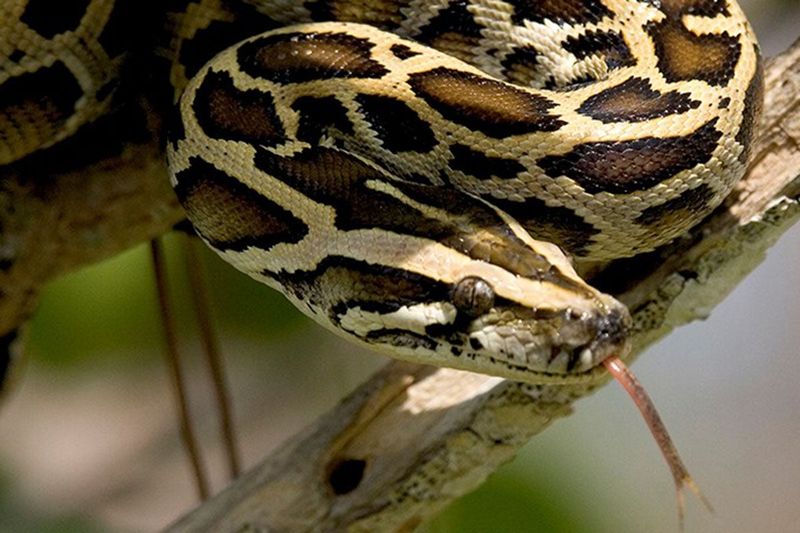
Grabbing a 15-foot muscular snake takes guts and technique! The preferred method involves pinning the snake’s head with a hook, then quickly grabbing behind its jaw while a partner controls the powerful body.
For larger specimens, multiple handlers coordinate to prevent the python from wrapping around anyone. Safety protocols are strict – nobody works alone in python territory.
5. What Methods Do Snake Trackers Use To Remove Pythons?
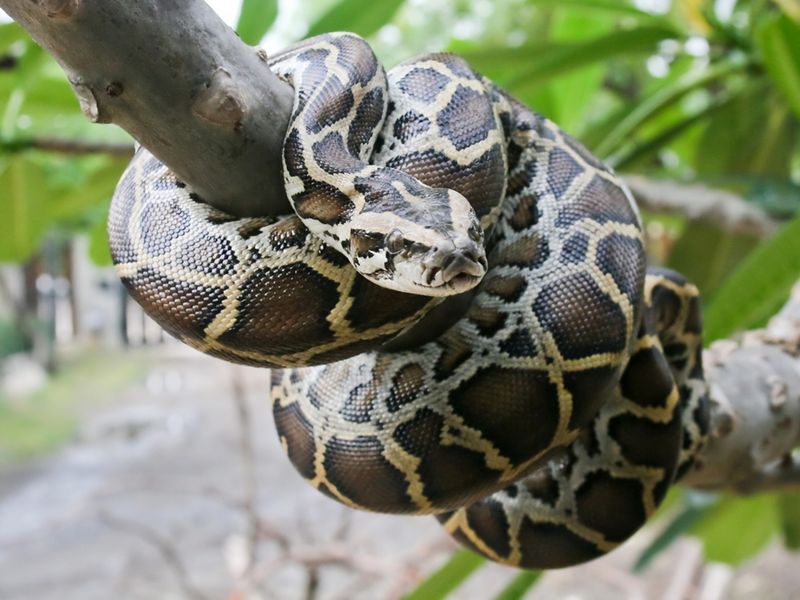
Technology joins traditional tracking in this snake roundup. Infrared drones spot heat signatures of cold-blooded pythons warming on roads after chilly nights. Environmental DNA sampling detects python presence in water bodies.
Radio telemetry tracks “Judas snakes” – sterilized pythons released to lead hunters to others during breeding season. These innovative approaches complement good old-fashioned boots-on-the-ground searching.
6. How Many Pythons Have Been Removed So Far?
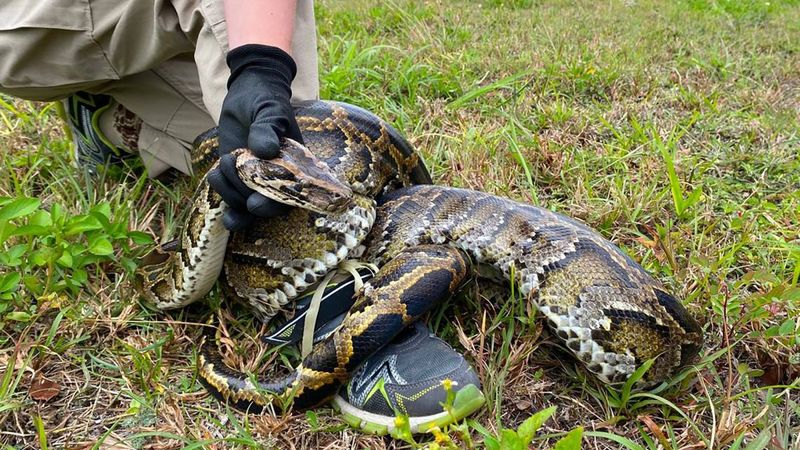
The numbers tell a staggering story of persistence! Since 2017, Florida’s Python Elimination Program has removed over 17,000 pythons weighing more than 20 tons combined.
Record-breaking specimens include a 215-pound female containing 122 developing eggs. That’s 122 potential invasive pythons prevented!
Monthly removal rates continue climbing as detection methods improve and hunter numbers increase.
7. What Happens To The Pythons After They’re Captured?
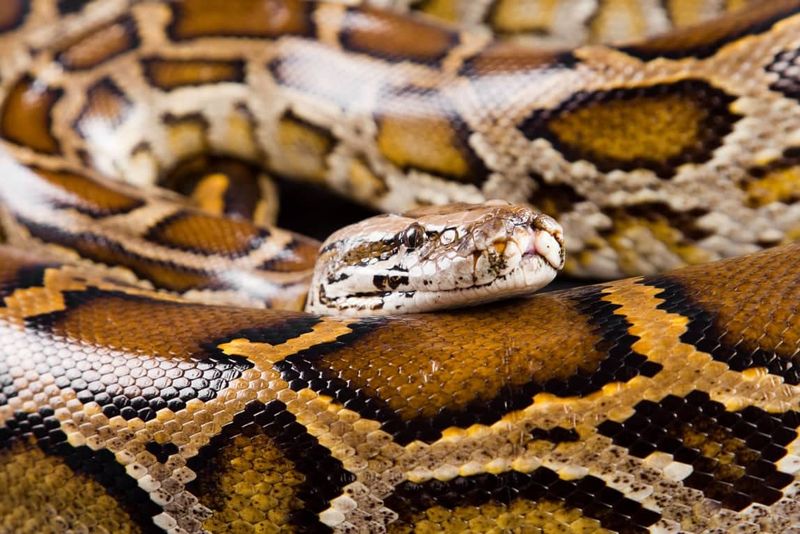
Nothing goes to waste in this ecological battle. Captured pythons are humanely euthanized, then their gorgeous skins become sustainable fashion items – wallets, belts, and boots. Meat occasionally appears on restaurant menus as exotic fare.
Scientists study stomach contents to track prey species, while DNA analysis helps understand population dynamics. Even python skeletons find purpose in university research collections.
8. How Do Pythons Affect Local Wildlife?
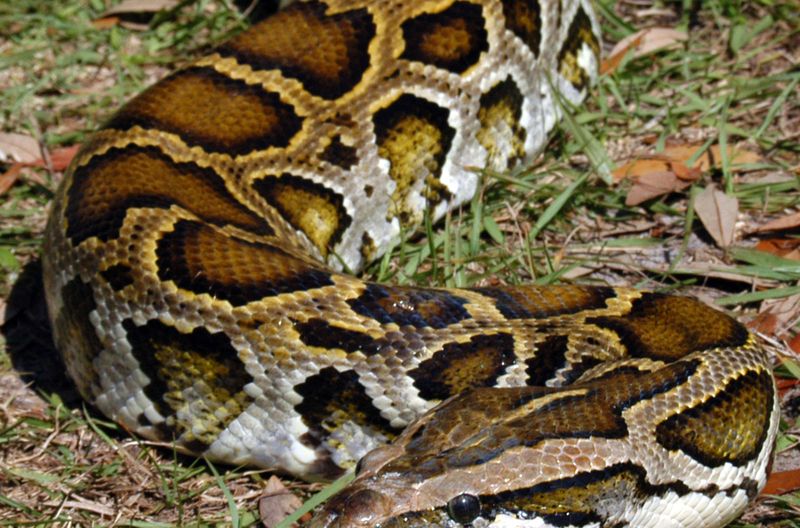
A python’s appetite knows few limits! These constrictors consume 77 different species, including endangered wood storks and Key Largo woodrats.
Trail cameras have captured pythons swallowing adult deer and alligators. Native predators can’t compete with these efficient hunters. Young pythons feast on small mammals and birds, while adults tackle increasingly larger prey, creating a multi-level assault on the food web.
9. What Are The Challenges In Removing Pythons From The Everglades?
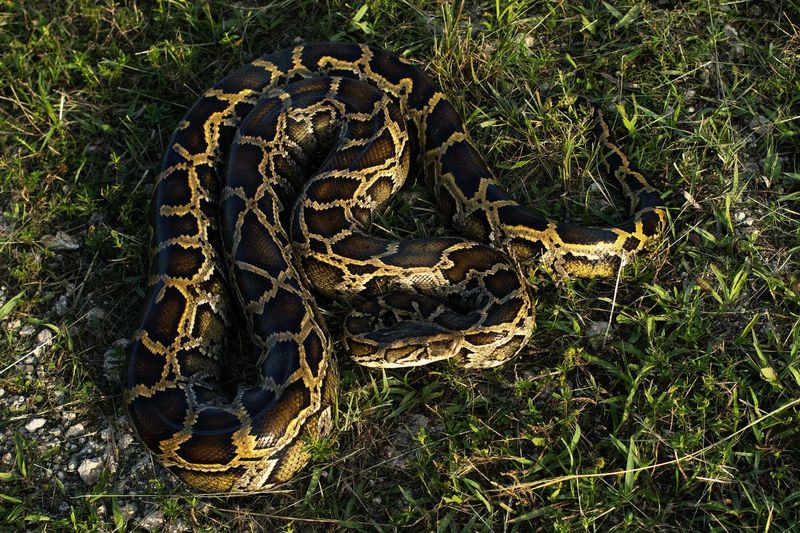
Finding a camouflage master in a million-acre swamp resembles the proverbial needle in a haystack. Perfect natural camouflage makes pythons nearly invisible against dappled vegetation.
The Everglades’ inaccessible terrain limits searches to raised levees and roads – less than 1% of potential python habitat. Female pythons can store sperm for years, producing up to 100 eggs annually without needing to find new mates!
10. Why Are Burmese Pythons So Dangerous To Florida’s Ecosystem?
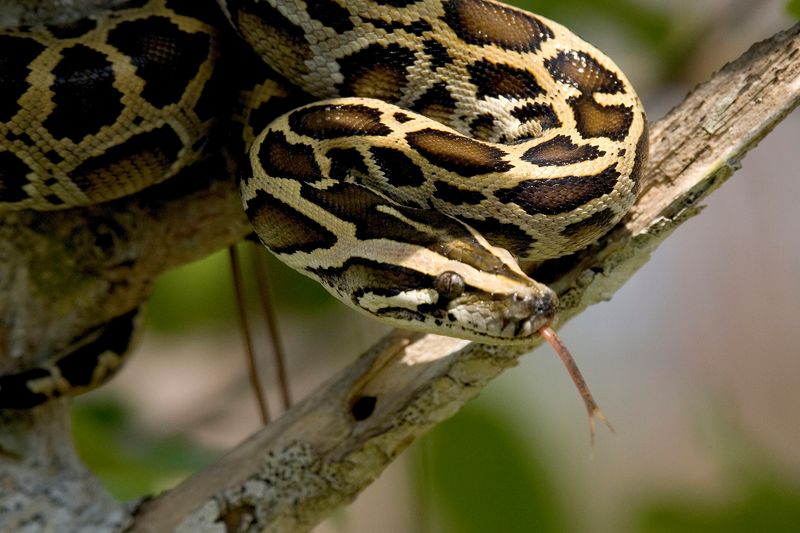
Perfect storm conditions created this ecological nightmare. With no natural predators, pythons thrive unchecked in Florida’s warm, wet climate – similar to their native Southeast Asian habitat. Their reproductive prowess is legendary – females lay 50-100 eggs annually.
Hatchlings emerge nearly three feet long, already capable of hunting small mammals. Their adaptability allows them to survive in varied habitats, from swamps to suburban areas.
11. How Do Snake Trackers Stay Safe During The Removal Process?
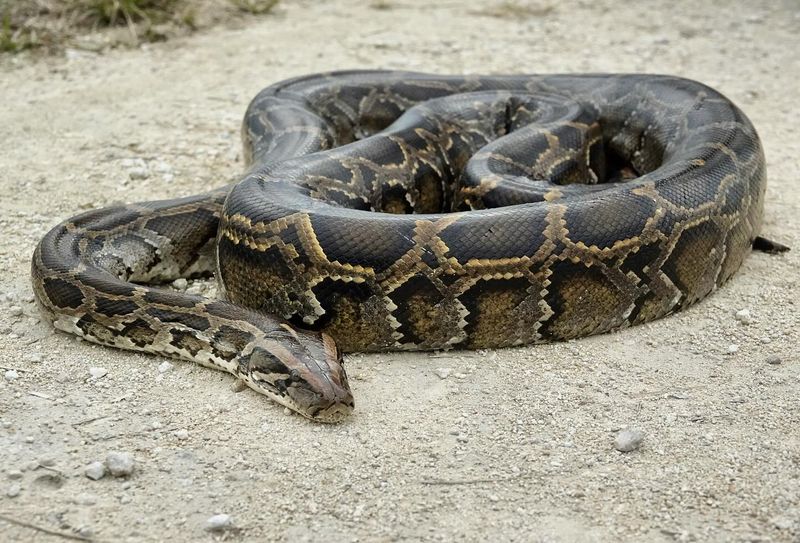
Handling apex predators requires serious precautions! Trackers work in pairs or teams, never alone. They wear puncture-resistant gloves and snake gaiters to protect against bites.
Emergency protocols include carrying pressure bandages and knowing evacuation routes. The buddy system ensures someone can assist if a python attempts constriction.
Comprehensive training covers proper handling techniques before anyone enters the field.
12. What Are The Long-Term Effects Of Python Removal?

Glimmers of hope emerge where removal efforts concentrate! Small mammal populations show modest rebounds in intensively hunted areas.
Native predators gradually return when competition decreases. Scientists monitor these ecological responses through camera traps and population surveys. Complete eradication seems unlikely, but maintaining python numbers below a critical threshold may allow native species to recover.
13. How Are Python Removal Efforts Funded?
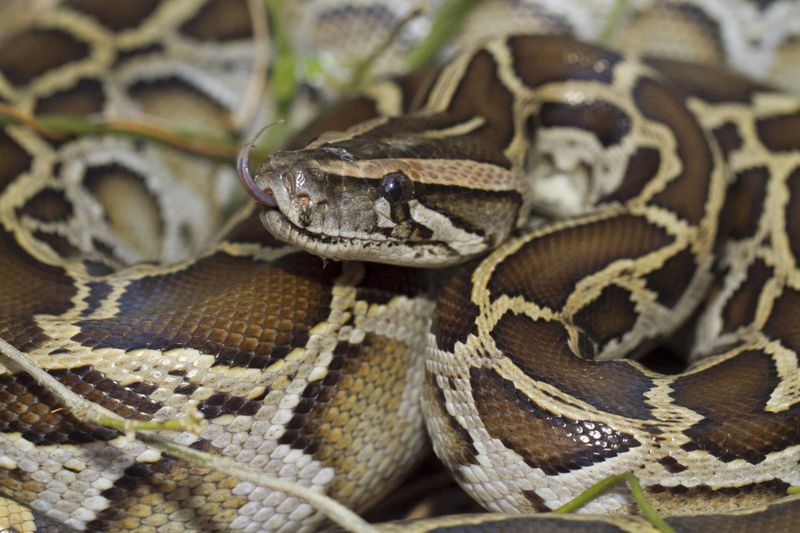
Multiple pockets fund this expensive ecological rescue mission. State agencies like the South Florida Water Management District invest millions annually. Federal grants from the Department of Interior supplement these efforts.
Private organizations contribute through sponsored python hunting competitions with cash prizes up to $10,000. Even tourism plays a role – python hunting excursions for visitors generate revenue while removing snakes.
14. What Role Do Wildlife Biologists Play In The Process?
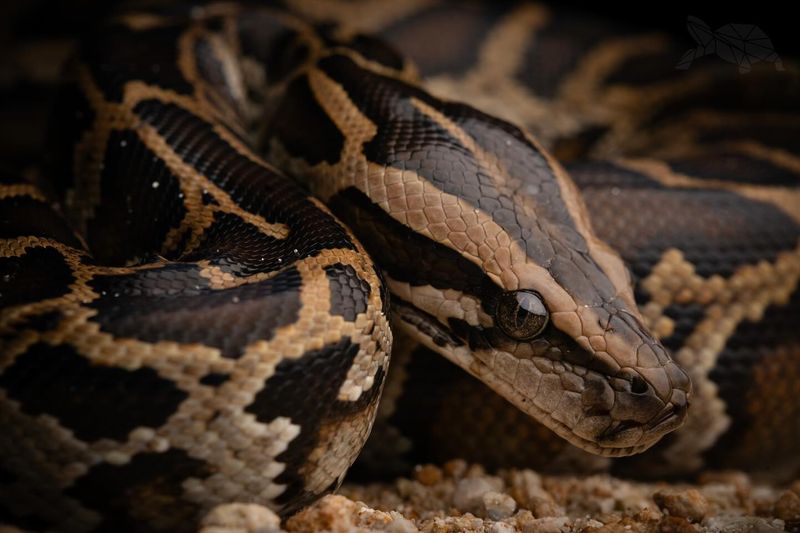
Science drives strategy in this ecological battle. Biologists conduct necropsies on captured pythons, analyzing stomach contents to identify prey species and reproductive status. They develop and test new detection methods, from environmental DNA sampling to infrared drone technology.
Their research determines optimal hunting times and locations based on python behavior patterns. This scientific foundation transforms random hunting into targeted removal of breeding females.






